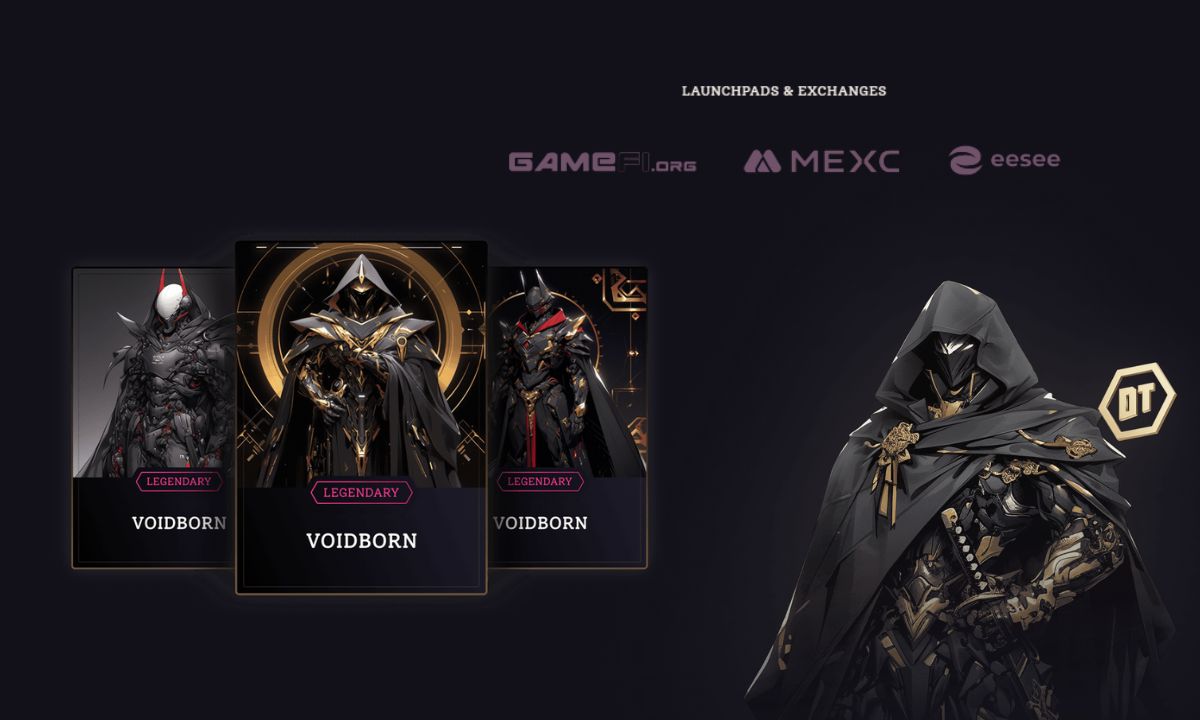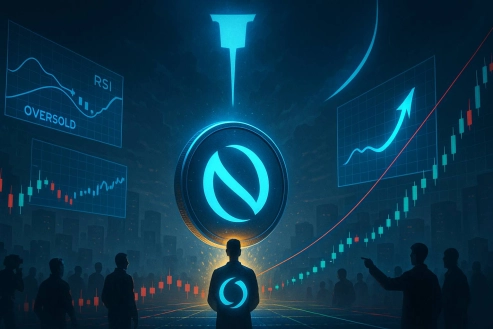A New Dawn for Tokens: Embracing Sustainable Models in Crypto
Navigating the crowded world of cryptocurrency, Drift Zone has embarked on a unique journey with its native token, $DT. Rather than simply adding another token to the vast sea of new entries, Drift Zone's approach has been methodical, ensuring they partner with key industry players like GameFi and Eesee for increased project viability.
The Rise in Token Launches
Cryptocurrency innovation shows no signs of slowing, with an astounding 5,300 tokens emerging daily between January and early April 2024. This trend soared in January 2025 as over 600,000 tokens made their debut, multiplying tenfold from previous years. Bobby Ong of CoinGecko has highlighted this expansion, noting an average of 50,000 new tokens per month in the previous years, escalating even further by the close of 2024 with 400,000 monthly launches according to his latest insights.
Beyond Quick Wins: The Importance of Engagement
Drift Zone's innovation lies in their 'Early Adopter' initiative, a campaign designed to deter hasty token sales by rewarding investors for sustained participation. This scheme not only entices investors to hold onto their tokens longer, but also incentivizes active community engagement through in-app transactions and feature interaction rewards.
As token launches become increasingly routine, distinguishing oneself becomes essential. Platforms such as pump.fun have democratized token creation, yet they simultaneously dilute market focus, resulting in fragmented price actions. This scenario has seen a decrease in significant price surges of older altcoins, symptomatic of thinner market liquidity, which analysts caution might postpone the next altcoin rally. With tokens potentially surpassing a billion in the coming five years, the landscape is shifting dramatically.
Traditional finance's advent into the crypto arena further complicates this scene, redistributing liquidity flows that once followed predictable cycles. Bitcoin's gains historically spilled into altcoins, but now, as traditional financial giants step into the crypto sphere, these patterns are less certain.
Blueprint for a Sustainable Token Economy
In light of these developments, the need for sustainable token models becomes apparent. Such frameworks focus on equitable value distribution and fostering genuine user interaction. Central to these models are the principles of utility, inflation control, and community participation. Tokens with intrinsic utility, such as those that cover network fees or support consensus mechanisms, naturally drive demand and enhance their value through actual usage within their networks.
Managing supply is equally pivotal; unchecked inflation can devalue a token. Strategies like token burns or setting a capped supply help maintain the token's worth. The token's utility within its ecosystem should evolve to keep pace with any supply adjustments.
Effective governance is also vital; incorporating community-driven mechanisms allows for adapting protocols to meet evolving user needs. Through these models, cryptocurrencies can remain agile in the fast-evolving DeFi sector.
Consequences of Short-Term Thinking: Risks and Scams
While profit is crucial, prioritizing it above all else poses risks to the crypto world. Reflecting on past debacles like OneCoin and SQUID token reveals the dangers of these short-sighted approaches. Memecoin arenas are prone to rug pulls, where creators vanish with investor funds post-raise. AnubisDAO, which saw $60 million in ether disappear overnight, is a cautionary tale. Similarly, the SQUID token incident misled investors by misaligning with pop culture to seize $3.3 million before developers vanished.
The infamous OneCoin serves as an even grimmer reminder; it duped investors out of $4 billion through deceptive gain promises, with its founder Ruja Ignatova still at large.
Scams aside, lacking foresight can doom promising projects. Without real value and use cases, no project can thrive, emphasizing the necessity for active community participation and strategic planning.
Disclaimer: This article is provided for informational purposes only. It is not offered or intended to be used as legal, tax, investment, financial, or other advice.
Investment Disclaimer

















